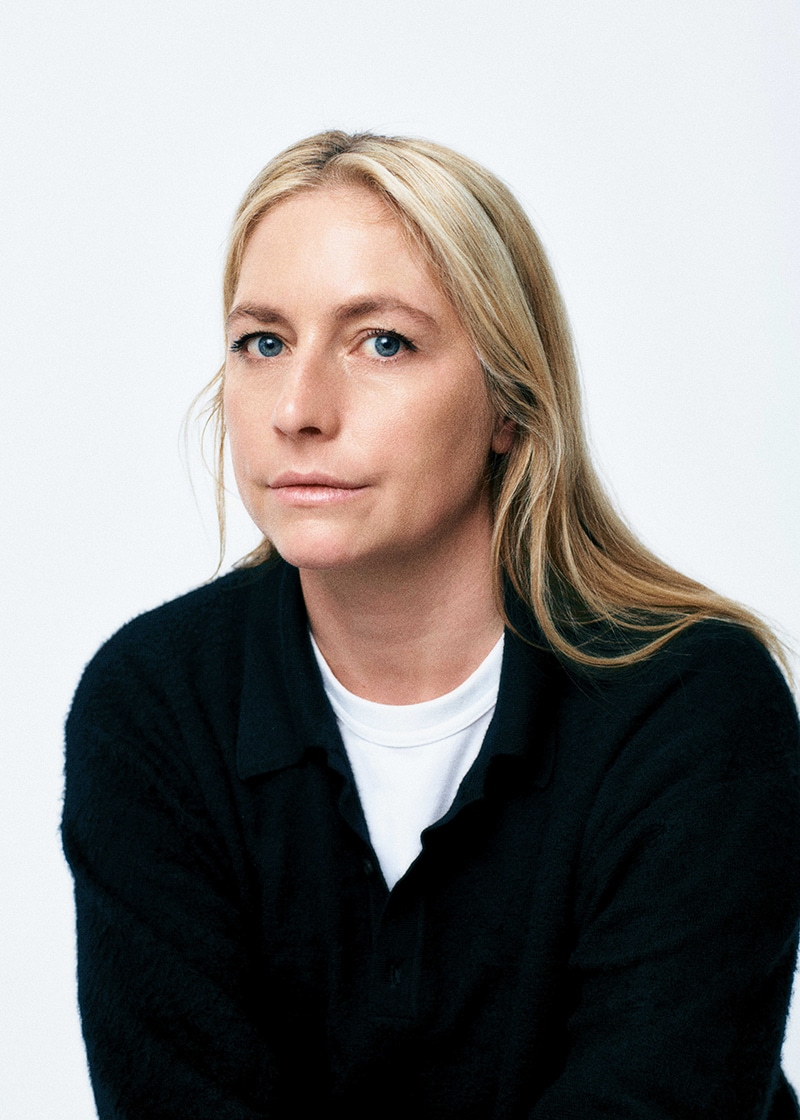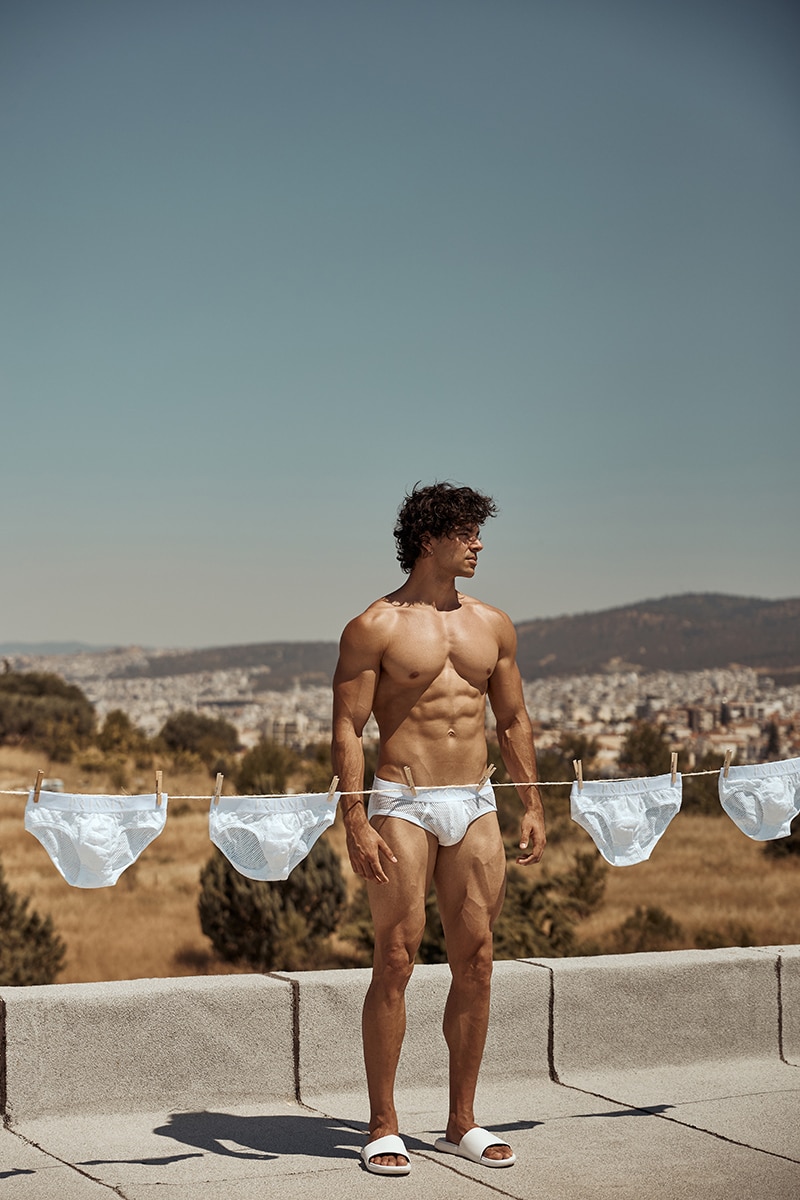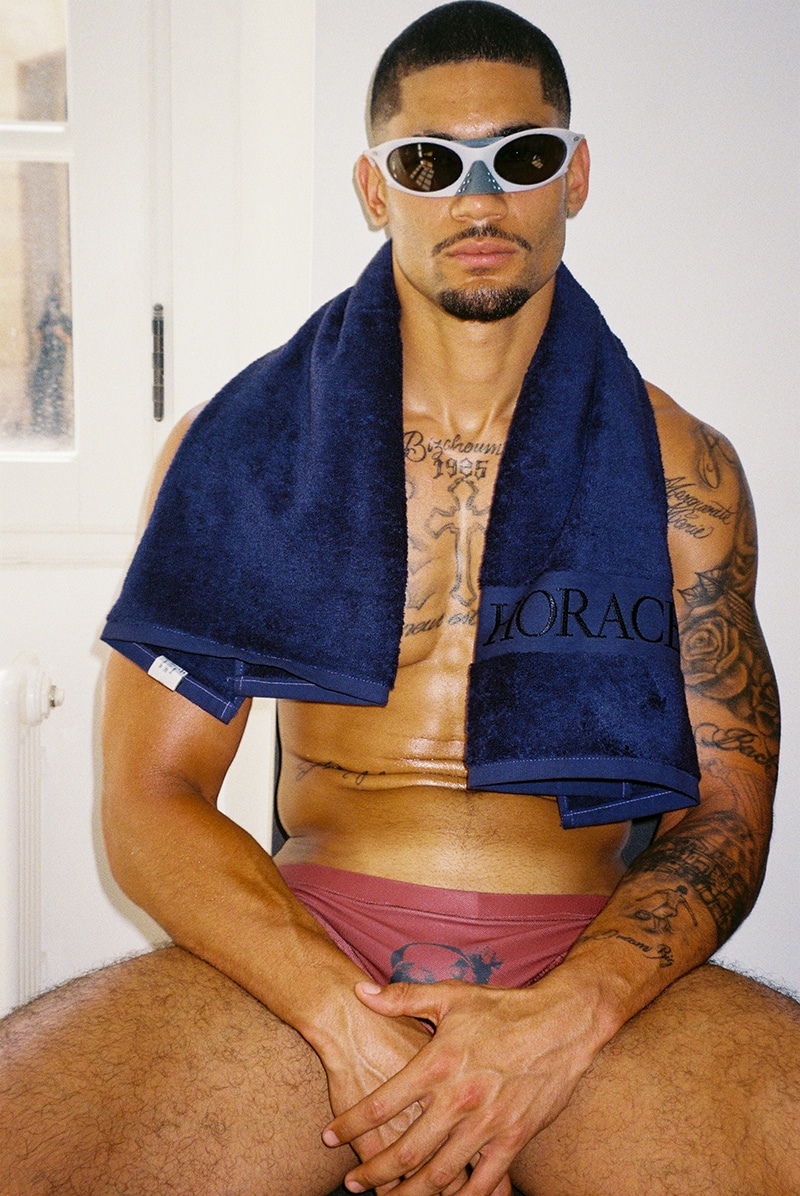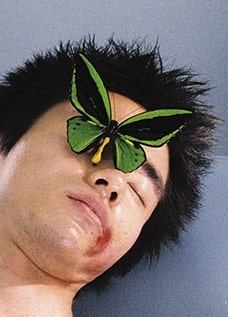
Milan encouraged a simple, unadorned fashion narrative, sometimes too cogitative, discursive and verbose, but suitable for the modern pragmatics of dress. The sartorial virtuosity of the brands convinced, but, even if they wanted to bring out the intimacy of their identity, the impression was that of something completely contrived. In a society that has developed a totally passive attitude, the marathon of usable aesthetics has failed to give voice to edgy, pungent ideas, those that trigger some reactions, that upset the balance on purpose.

At Ermenegildo Zegna Couture, held at a former iron foundry in the outskirts of Milan with a masterful set designed by American multi-disciplinary artist Anne Patterson, Alessandro Sartori, the beautiful mind who has been moving men’s wear center stage, reframed the ideology of men’s sartorial expression in less traditional terms in order to make it more understandable for a young target. The Italian designer is always able to perfectly perceive the transformations in men’s habit and therefore to adjust clothing to conform with different social contexts. With Zegna, Sartori has been paving the way for a conscious man’s fashion not only by creating urbane clothes, but by equipping them with a ‘consequence’, a practicality.

The sheer pleasure of exploring the hybridization of contemporary masculinity reached an intense heat at N21, where Alessandro Dell’Acqua’s creative potential has produced a collection that, although it reflects the highest sartorial standards in its execution, it distances both from a conception of fashion in which the spasmodic production of seasonal whims is essential, and from the aesthetic canons of a masculinity that flaunts a certain orthodoxy. And that’s such a good thing! Dell’Acqua nurtured his vision of the New Man with emotional prowess and a wave of pervasive nostalgia for purity; he imagined and at the same time contemplated a sensual, sensitive masculinity without stigmatizing the stereotypes of men’s wear, still reassuring for so many men.

Epigrammatical and anthropological, Miuccia Prada reiterates her worldview with a cultured, reflective collection imbued with sentiment and references to the socio-cultural milieu of a lacerating, deceitful contemporaneity. Prada’s clothes are not simple physical artifacts, they embody the symbolic values of modernity; they are Imagetexts – to use a term coined by art historian W.J.T Mitchell-; that visually verbalize a thought, a standpoint, because the interweaving of words and images can give a more stimulating key to reading clothes. To understand the way this collection struck a sympathetic chord with everyone, you have to try to find meaning in the harmony between the opposites, you have to abandon yourself to the power of images in order to take part in this performance which has, once again, disclosed the designer’s keen yet authoritative look on our reality.

A more vibrant, urban casual image that gives off a strong sense of freshness but avoiding – fortunately! – to draw any sort of inspiration from the Street Kitsch’s poor taste – which the new generations like much. Salvatore Ferragamo’s collection is a theoretical, as well as artistic, completion of a path undertaken by Paul Andrew who aimed to substantiate Ferragamo’s relation with the millennials. Andrew carried on a semantic remodulation and a dynamization of clothing to generate some cultural repercussions and to arise further aesthetic reflections always in full compliance with the tailoring ideals of the House but in a more schematic way, without, however, letting everything lose meaning and function.

The narrative thinking of a modern man, which affects the representation that we make of ourselves, was crucial for Francesco Risso, who wanted to put clothes into motion to emphasize the interplay between dress and body at Marni. An unparalleled interplay thanks to Michele Rizzo’s choreographies that gave soul, extension and enhancement to the communicative value of the collection. The designer wanted to reconstruct a phylogenetics of fragmented clothes that he fashioned by combining different elements to shape something new, mutable. Risso did not make the mistake of narrowing his field of vision down to mere aestheticism, but the effectiveness of his work takes on a cultural and philosophical worth precisely because, through his superlative ‘prose for images’, he has managed to narrate an imaginative dimension able to activate even the desires of the most individualistic consumers.

The creativity which is not subservient to the simplifications of the globalized culture still scares, as the dissident images and everything that is not reconciled with the mainstream, with the tradition. At Gucci, Alessandro Michele continues to suggest an alternative masculine hegemony to counteract machismo, the toxic masculinity, and its legitimate dominance. The collection is a ‘sentimental re-education of the Self’ that wants to push males to embrace a gentle mannerism to reformulate the social concept of manliness. Michele has made use of a return-to-childhood to recount, through innocent eyes, the complexity of being a male, and to propose a new Enlightenment which allows to describe, with garments, a spectrum of values and perceptions free from irrational hostilities and impositions.

Presented in a space wrapped in a deeply red atmosphere, the MSGM offering was a glimpse into Massimo Giorgetti’s obsession with the Italian director Dario Argento, whose fame is crystallized in the production of horror films in the 1970s and 1980s. The collection, sinister only on paper, revealed a perfect reclassification of the MSGM’s taste expressed through a process of hybridization between Giorgetti’s pop-inspired fervid imaginative ability, and the dreamlike and terrifying iconography of the Italian cinema giant. The tension of the performance reached peaks of grandness, just as the integrated sensations that the clothes emanated.

Silvia Venturini Fendi offered an aesthetic approach anchored to the everyday, but no less luxurious or ordinary. The purpose of Fendi’s creative gesture was, with a not entirely revolutionary take, to give relief to the casual wear from the depression of our time through subtle sensations and suggestions. A psychological rather than a creative attempt to capture the habitus of the modern homo socialis and translate it into basic, and indispensable clothes. In this collection, Silvia Venturini Fendi wanted to bring into play the truest romance of appearance to face the many flaws of the world around us.

Among the new names that showcased their collections in Milan – many of which fell into mediocrity due to ‘friable’ collections easily reducible to insignificance- Magliano, the brand of the designer Luca Magliano, gave good hope – and thrill- to this humble editor! What clarify the exact nature of Magliano’s collection lies in the oppositional force that magnetically binds together an old school vision on fashion and a creative method halfway between the visionary and the real, the formal and the nonchalant, the caprice and the rigor.






































